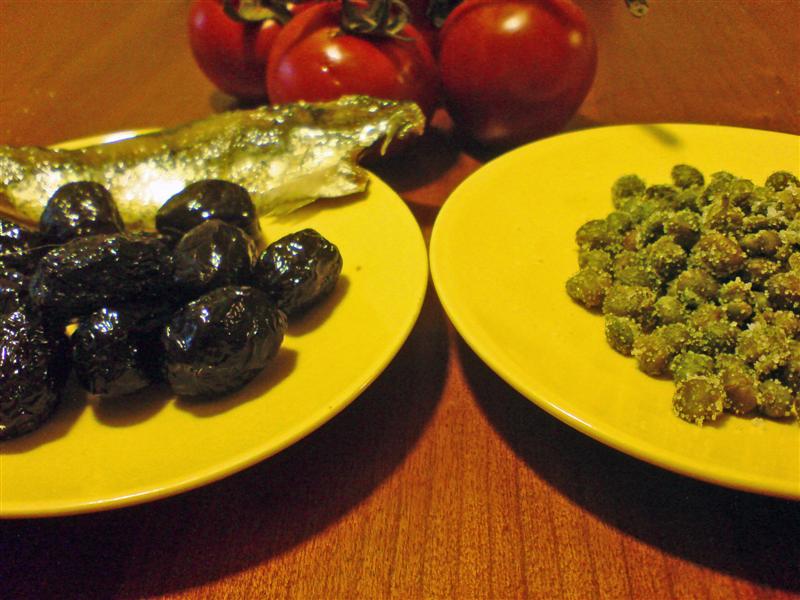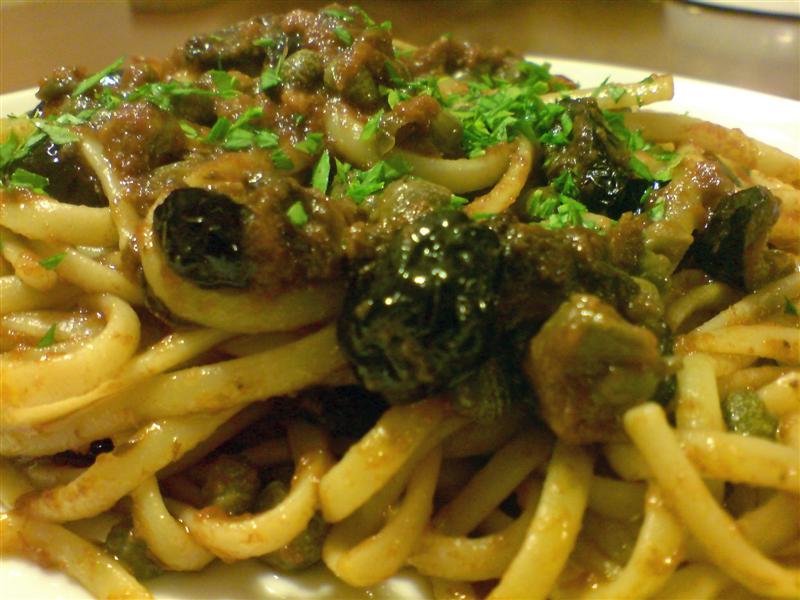Involtini di verza. This is a good winter dish. There are many versions, but I prefer this one because the stuffing is not so heavy as it contains rice and chopped cabbage rather than all meat. It can be served as an antipasto or a second course, but it is quite substantial, so it is probably better as a second course. Serves 6
- 1l vegetable stock
- 30g unsalted butter
- 1 head of savoy cabbage
- 1 small onion
- 4 tbsp olive oil
- 80g grated parmesan
- 280g risotto rice
- 350g sausages, skinned
- 1 stick of celery
- 1 carrot
- 200ml white wine
To cook
- 50g butter
- 2 tbsp parmesan
Remove the tough central rib from 12 cabbage leaves.
Blanch the leaves in abundant boiling water. Take 150g of the more tender centre of the cabbage and chop finely.
Melt the butter in a pan and fry the carrot, celery and onion gently for about 15 minutes. Be careful that they do not brown. Increase the heat and add the rice and “toast” for 2 or 3 minutes. Add the white wine, the sausage and the chopped cabbage. Stirring constantly wait until the liquid has been absorbed. Add a ladle of the hot stock and wait for the liquid to be absorbed. Continue using the standard risotto method until the rice is cooked. Mix in the parmesan.
Take a cabbage leaf and place a couple of tablespoons of the mixture on each one.
Roll the leaf up to make a compact parcel. Hide the open seam underneath.
Cover the base of a casserole with little olive oil and half a ladle stock. Arrange the cabbage rolls in the dish. Cover the dish with melted butter and parmesan.
Bake at 200°C for 15 minutes, finish off under the grill for 5 minutes. Let the rolls rest for 10 minutes and the serve.




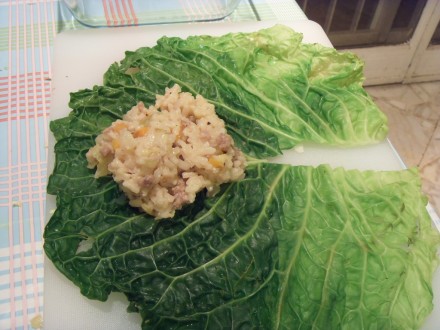
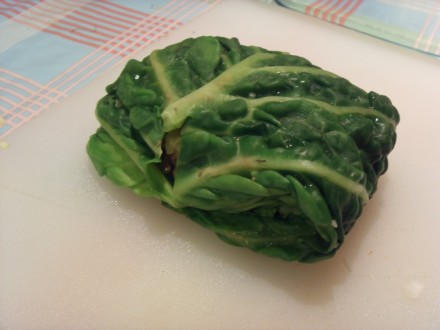
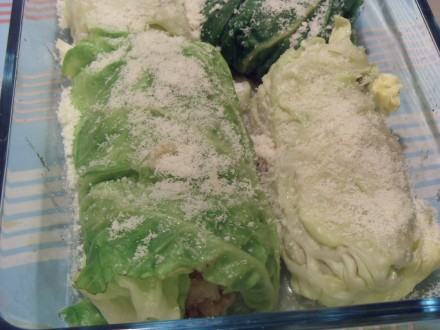








 Pasta alla puttanesca from Campania. The translation of the title of this dish is “whore’s pasta”! There are a lot of stories as to how it got its name, but one of the most common is that it was a dish that the working girls could quickly prepare between customers. Another version is that is was cooked in brothels so customers would be lured in by the enticing aromas. I don’t really buy that one. I think food would be the last thing on the customers minds 😉 It is a relatively modern dish, probably dating back to the end of the second world war. Both Lazio and Campania claim it as their own. This is the Campania version. The recipe comes from
Pasta alla puttanesca from Campania. The translation of the title of this dish is “whore’s pasta”! There are a lot of stories as to how it got its name, but one of the most common is that it was a dish that the working girls could quickly prepare between customers. Another version is that is was cooked in brothels so customers would be lured in by the enticing aromas. I don’t really buy that one. I think food would be the last thing on the customers minds 😉 It is a relatively modern dish, probably dating back to the end of the second world war. Both Lazio and Campania claim it as their own. This is the Campania version. The recipe comes from 